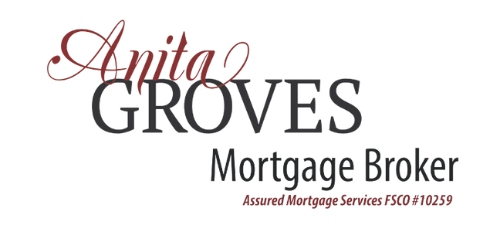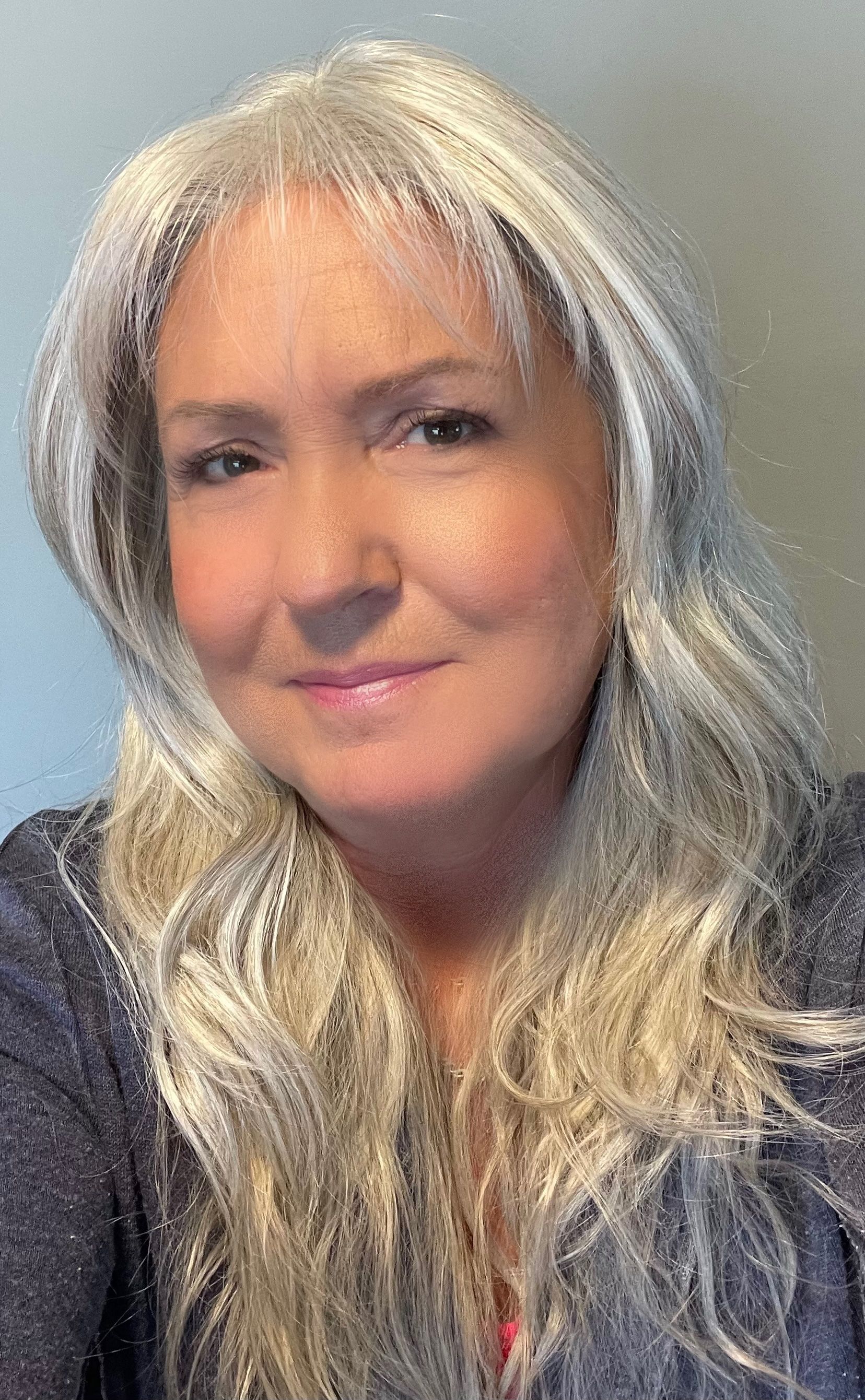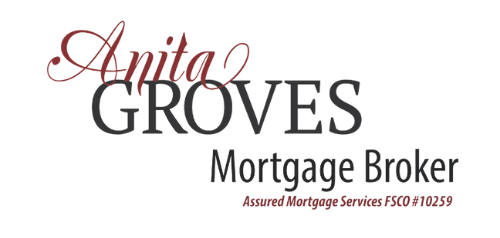Changing Interest Rates January 2018
Over the last couple of weeks, you’ve no doubt heard that interest rates have been on the move. Most fixed rate products have seen a small increase in rate, while just last week the Bank of Canada announced an increase that impacted the prime lending rate. So if you are in a variable rate product, your payments have gone up by roughly $13.10 per every $100k mortgage balance owing. If you’re looking to get into the housing marketing and looking for a fixed rate product, things have just gotten a little more expensive for you as well… but what if you already have a mortgage, with a fixed rate, do these changes impact you at all? Well, as it relates to your mortgage, no, but it might impact your investments.
Nest Wealth; one of Canada’s leading online investment advisors, just released an article titled Interest Rates Changed – Should Your Investment Portfolio? It has been included below for your reading pleasure! If you have any mortgage questions, please don’t hesitate to contact me anytime!
Interest Rates Changed – Should Your Investment Portfolio?
The reason some investors who own bond funds are concerned about the recent interest rate hike is because when rates go up, bond prices go down. So this week’s rate hike, has led some investors to question whether they should scale back or dump their bond funds.
There are no straight answers to this question because there are a number of variables which are too complex to cover in this one post. But there are a couple of rules of thumb that we can offer to help guide investors.
Bonds Have Different Levels of Sensitivities
Bonds are really just an IOU. When you buy a bond, you’re giving a loan, and in return, you get a regular stream of interest payments until the borrower returns your loan in full (i.e. the bond’s term).
When rates go up, this has less of an impact on short and medium term bonds (bonds with terms between 1 to 5 years). The simple explanation is that lenders and borrowers only need to accept the lower interest payments for a shorter time. So the recent interest hike had less of an impact on this group of bonds.
Bonds Play a Unique and Important Role
It’s important to understand that bonds, like other asset classes, have a specific role in a portfolio. Whereas equities are meant to provide the potential of growth, the main responsibilities of bonds are to provide stability to your portfolio.
As equities and bonds tend to perform in opposite directions. That is, when equities are performing well, bonds are slowing down. Since market conditions change continuously, including a mix of equities and bonds into your portfolio helps to minimize the return fluctuation in your portfolio. This is particularly important for the investors nearing retirement who need more stable and consistent returns.
Recent Posts


CONTACT
Phone or Text:
TF Phone or Fax:
Assured Mortgage Services
Head Office:
4040 Steeles Ave West
Suite 208
Vaughan, ON L4L 4Y5
Phone:
416-934-8555
MORE
Anita Groves Assured Mortgage Services. All Rights Reserved





